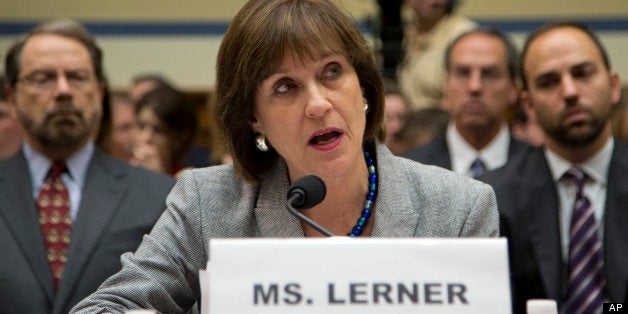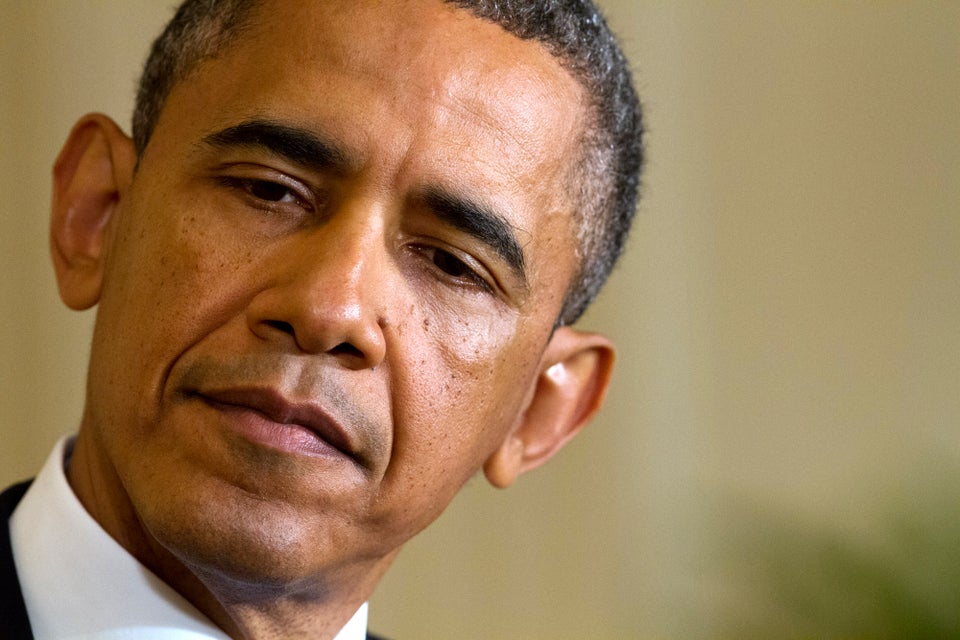
WASHINGTON -- In a written response to the Treasury Department's inspector general for tax administration, senior Internal Revenue Service official Joseph Grant gave an account of why agents created criteria that targeted conservative groups seeking tax-exempt status, an explanation that differs from later testimony by another IRS official to the inspector general and subsequent statements by key IRS officials.
"In February 2010 activity in the area of significant spending by 501(c)(4) organizations seeking to influence elections began to increase. To better identify such cases, and to ensure consistent treatment of them, EO [exempt organizations] specialists and a frontline EO manager created a spreadsheet listing issues for which specialists should be on the lookout, referred to as the BOLO [be-on-the-lookout] list. This list did include a reference to the Tea Party movement," wrote Grant, the IRS commissioner for tax-exempt and government entities who has announced that he is retiring next month amidst the scandal.
The key difference between Grant's November 2012 statement, made public by the House Oversight and Government Reform Committee, and those from other IRS officials is that he said the criteria were developed in response to "significant spending ... seeking to influence elections" rather than in answer to an uptick in the number of 501(c)(4) applications, as other officials have said.
In her written response to the inspector general, Lois Lerner, the IRS director of the exempt organizations division who is now on administrative leave, wrote, "In early 2010, EO Determinations witnessed an uptick in the numbers of applications for 501(c)(3) or 501(c)(4) status that contained indicators of significant political campaign intervention." (In the IRS hierarchy, Grant oversaw Lerner.)
Lerner further stated, in her awkward May 10 acknowledgement and apology for the targeting of conservative groups, that "we saw a big increase in these kind of applications, many of which indicated that they were going to be involved in advocacy work." Top IRS officials have since offered the same explanation.
Members of both parties, the inspector general's report, and senior officials at the IRS now agree that agents should not have used name- and policy-specific criteria to identify groups for further review and that the extensive questionnaires sent out were both "inappropriate" and "offensive." It's why the agents did it that apparently remains unclear.
Grant's assertion is actually more plausible than the explanation offered by other officials. According to the Treasury Department inspector general's report, there was no increase in 501(c)(4) applications in 2010. A significant increase did occur over the course of 2011 and 2012, but the IRS' Cincinnati office began to develop the targeting criteria in March 2010, according to the inspector general's report.
There is one problem with Grant's statement: Federal Election Commission reports do not show any increase in nonprofit political spending in February 2010, as he states.
But overall spending by nonprofit groups had already exploded after the Supreme Court's 2007 ruling in Wisconsin Right to Life v. FEC allowed corporate money back into elections, if only to fund certain issue-related spending. (The court's 2010 Citizens United ruling would undo all barriers for corporate money spent on independent political efforts.) According to the Center for Responsive Politics, nonprofit groups reported spending $5 million on federal elections in 2004. That number dropped to a little more than $400,000 in 2006, but then soared to more than $77 million in the 2008 election.
Moreover, nonprofit spending did feature prominently in a well-known January 2010 political contest.
The special election that month to fill the seat of the late Sen. Ted Kennedy (D-Mass.) -- a contest between then-Massachusetts state Sen. Scott Brown, a Republican, and state Attorney General Martha Coakley, a Democrat -- attracted national attention and major (at that time) outside spending, as conservative groups sought to grab a Senate seat in deep blue territory and and a few liberal allies sought to help Coakley hold the seat. Nonprofit groups organized under sections 501(c)(4) and (c)(6), including the American Future Fund, the U.S. Chamber of Commerce and the League of Conservation Voters, spent $2.6 million in one month on the special election, according to FEC reports.
While these types of groups had spent similar amounts or more during the 2008 presidential primaries, there was no precedent for this level of nonprofit spending on a congressional race outside of a general election since the 2002 McCain-Feingold law required public reporting of certain election-related issue spending.
After the Citizens United ruling, which came down on the same day that Brown won the special Massachusetts Senate election, nonprofit political spending flew through the roof. By the 2012 election, the top 10 campaign spenders among 501(c)(4) nonprofits would expend a total of $210 million, according to the Sunlight Foundation, a nonprofit promoting transparency in government and politics.

